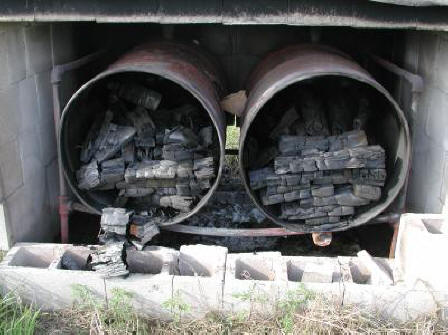Charcoal and Other Fuels
Audio Archive for the Tinkers Shop 11-02-13 (Right-Click to Download)
| Some Standard Forge Fuels | ||||
|---|---|---|---|---|
| Hardwood Charcoal - Home made | Anthricite Coal - Best | Lignite Coal - Poor | Natural Gas 20# | Natural Gas 100# |
 |
 |
 |
 |
 |
| Hardwood Charcoal - Commercial | Bituminous Coal - Tarry | Coke - Coal after heating | Natural Gas 34# | |
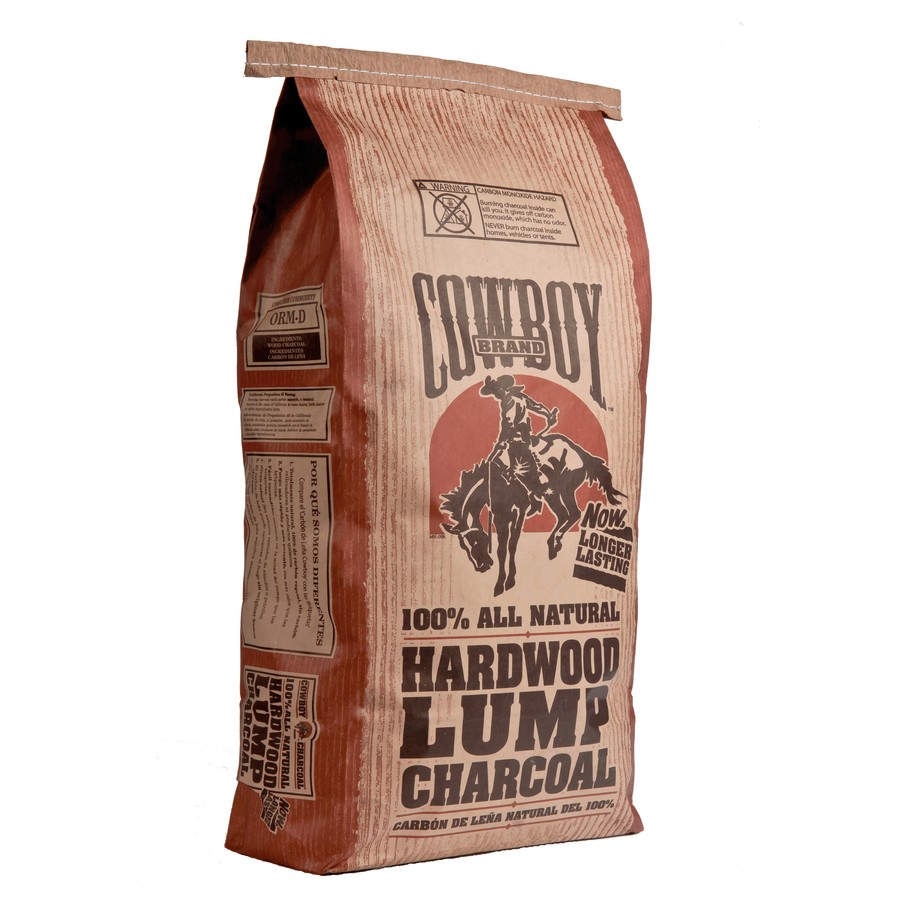 |
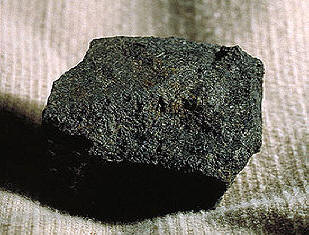 |
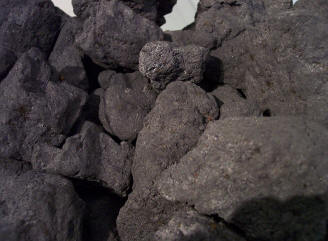 |
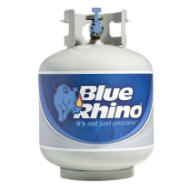 |
|
| Three ways to make Charcoal | ||
| Build a Bonfire | Make it in a Vertical Barrel | Use a Horizontal Retort |
|---|---|---|
 |
 |
 |
|
This is the simplest and
most primitive way to make Charcoal. Any of the pieces too small can be saved, crushed further and turned into your garden! |
Take a 55 gallon drum
with a removable lid. This method can also be used to make bio-char for gardens. |
This is my favorite way
to make charcoal for smithing. |
| There is a fourth method of producing charcoal and that is thru the use of a Kiln (which is basically a much larger form of retort). |
|
An example of one such is located at the following web site: Radtke Charcoal Kiln |
| A Charcoal Retort in action | ||
|
The making of charcoal was once a major industry around the world. It was used to fuel the early iron smelters and in the production of wrought iron itself. It was also used as a barter item. Blacksmiths who did not have ready access to coal of high enough quality to fuel their forges would sometimes accept charcoal from customers as payment against their blacksmithing bill, or they would purchase charcoal from local colliers. |
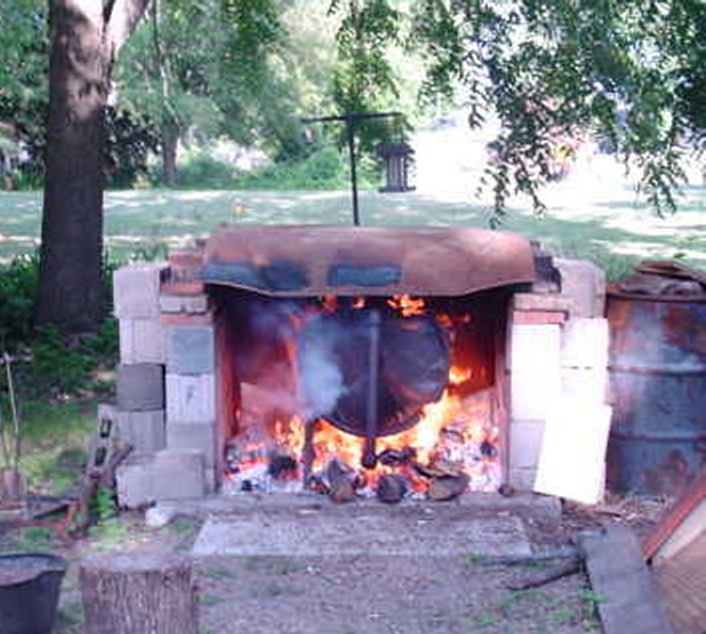 |
|
|
A semi-side view of the 'burner pipe' Notice the flames coming out around the lid of the barrel. |
||
|
In this shot there are some
interesting things to note: |
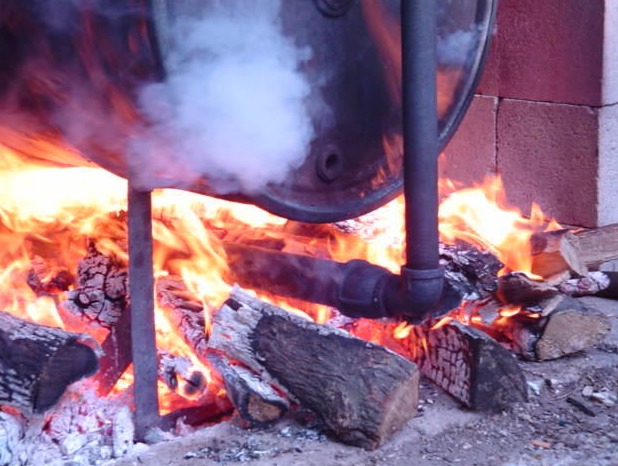 |
|
A front view of the retort in action. |
||
|
The gasses will start slowly and you will see flames just licking out of
the holes drilled in the bottom pipe. A single barrel will take
about 20-30 minutes to start producing gas. |
 |
|
|
Yield for Retort production of charcoal. |
|
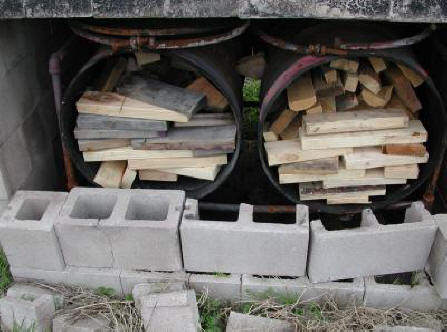
|
|
|
Load the barrel(s) with the short stuff.
Around 12" or less. |
Here is the charcoal just after opening the
lids. |
